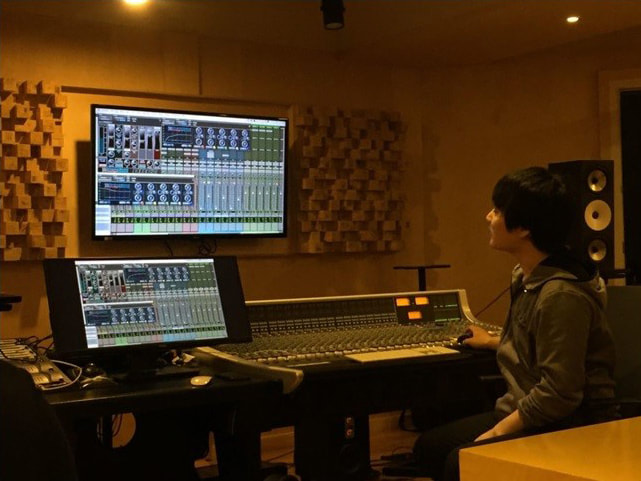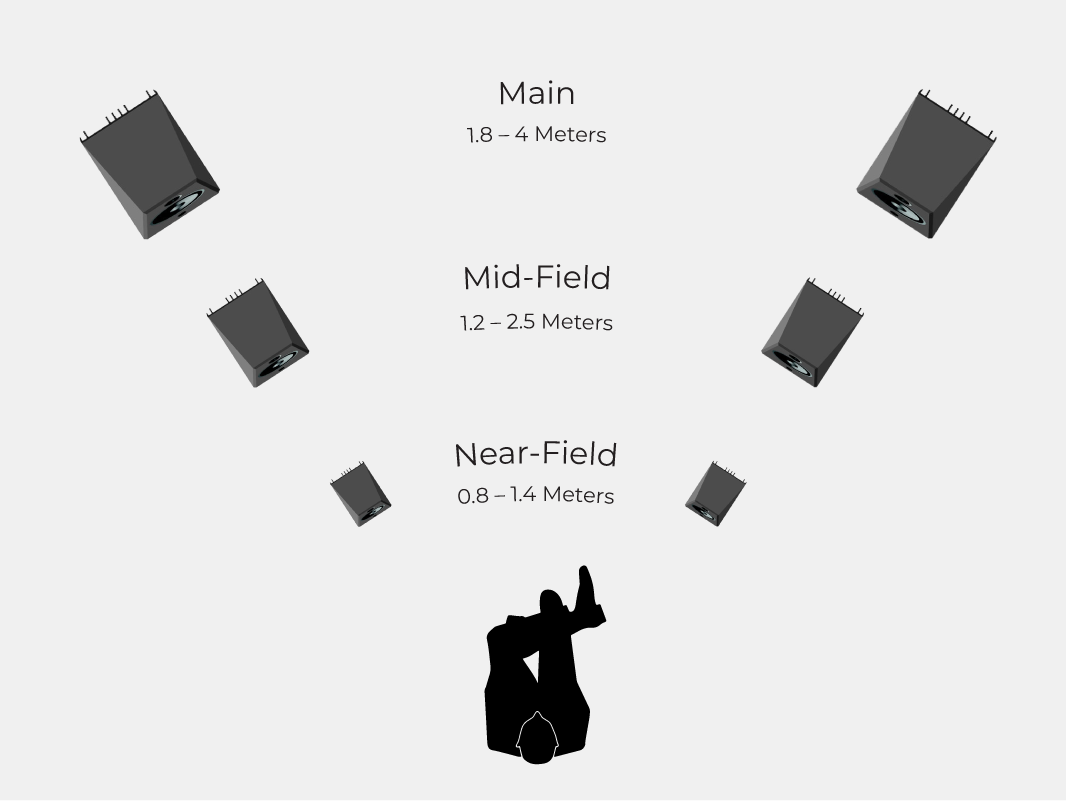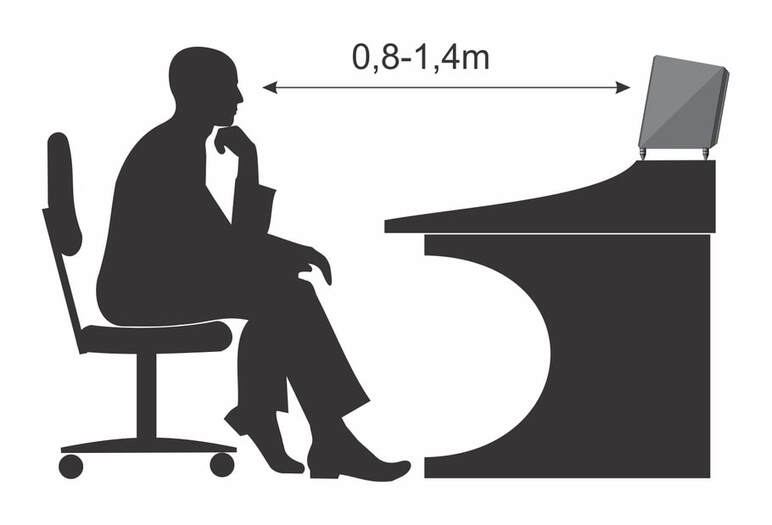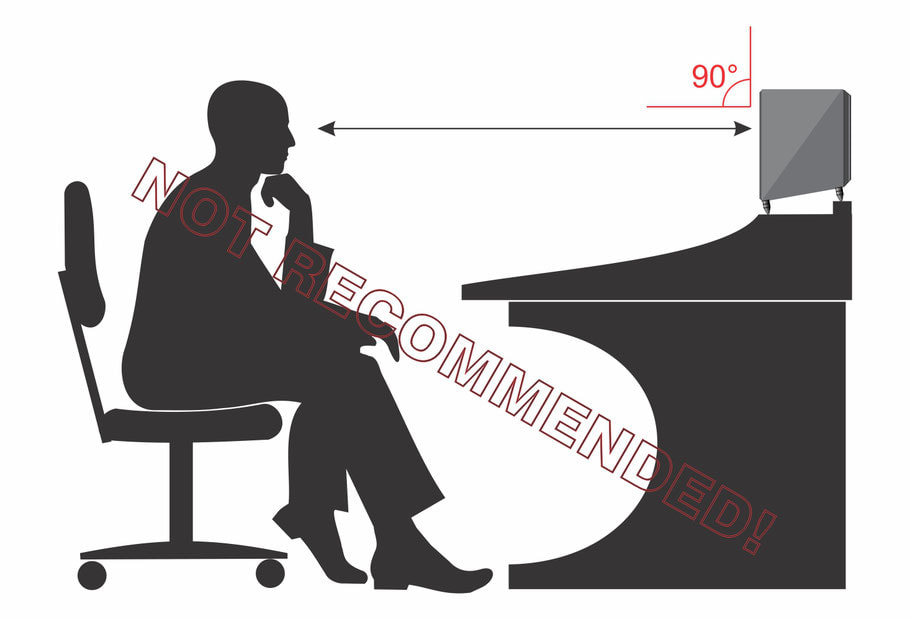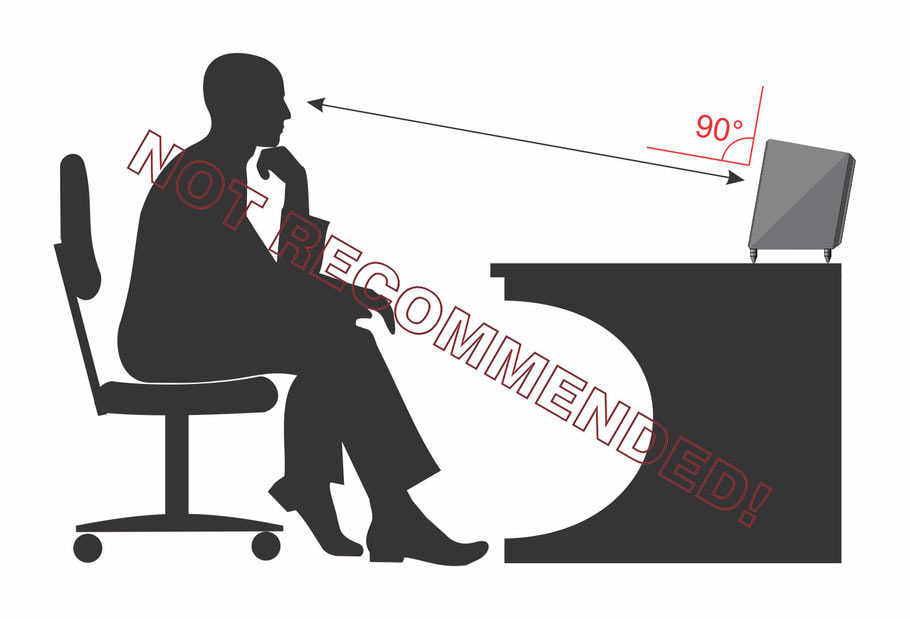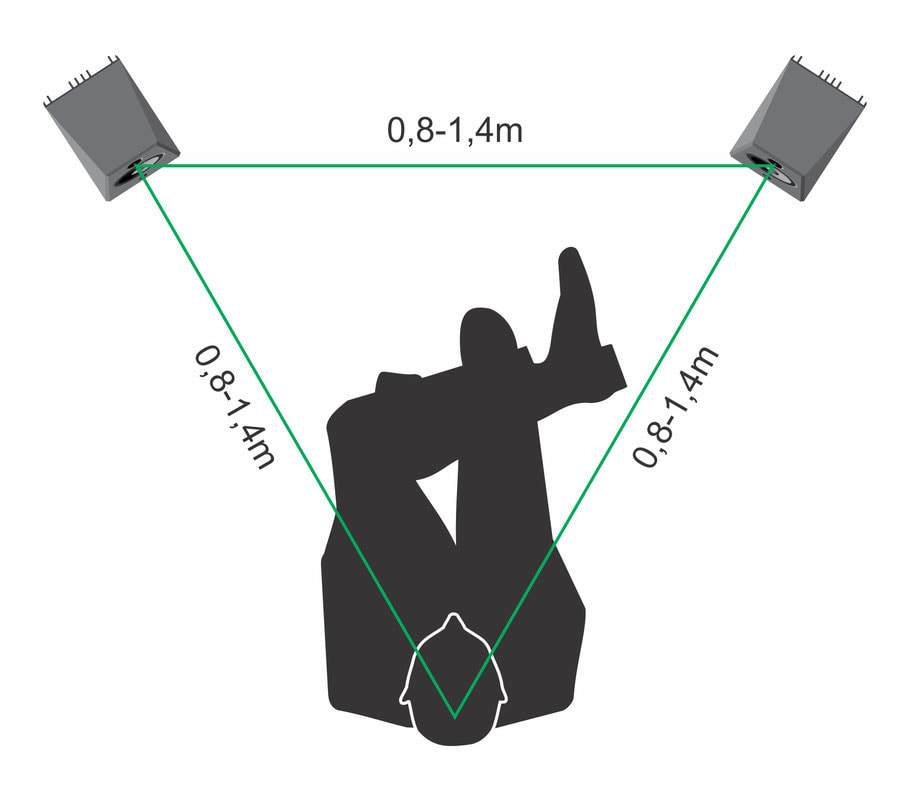Home Studio Monitor Selection Guidelines
by Alan J.S. Han
|
Tips & Experiences
If I were to focus on recording, I would choose a microphone. There are many other important factors, such as the preamplifier, the converter, the console and so on, but the most important thing for sound is the microphone. So, what is the most important thing for composers, producers, and mix engineers? |

